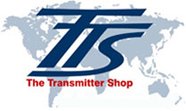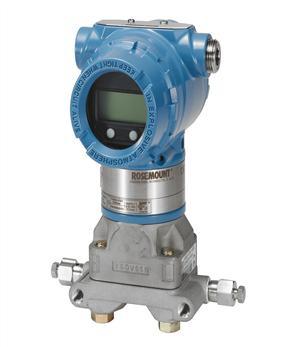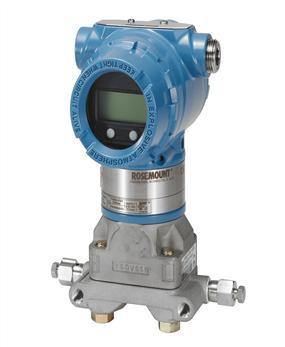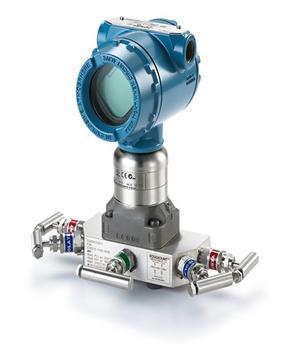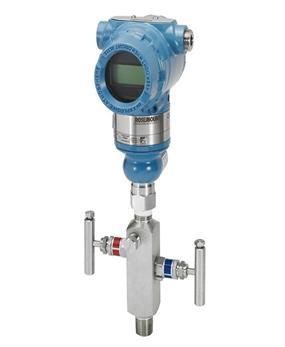BLOG
Radar Level Transmitters: Types & Industrial Applications
Brian Craig
July 02, 2020
The radar level transmitters are widely used for level measurements in different applications. There are two types of radar level transmitters – non-contact systems and contact systems. Before making a buying decision, it is important to understand these systems and their underlying technologies in detail. The setup and working principle of Radar Level Transmitters were discussed in detail in the previous post. This final part of the two-part post gives insights about radar transmitter functioning technologies and its industrial significance in terms of applications.
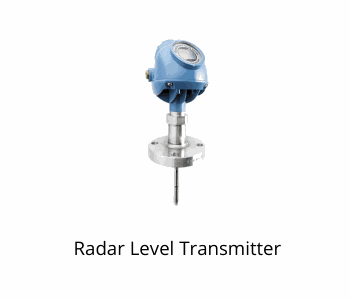
Know About Different Types of Technologies in Radar Level Transmitters
Radar level transmitters may be powered by any of these technologies:
Guided Wave Radar Level Transmitter:
In this guided wave radar technology, the guided radar probes are utilized. It is a contact or invasive type of transmitter, where Time Domain Reflectometry (TDR) probes are immersed in dry or bulk media. These probes can detect the advancing motion of the electromagnetic waves. TDR probe gets rid of any obstacles in between the path of waves, therefore the loss of signal is not a concern in this type of technology. Guided TDR probes are highly immune to high temperatures, pressure, and environmental damage, therefore this technology is suitable for harsh operational environments. This technology is highly compatible with high-end industrial applications because it needs almost zero maintenance. This technology is used in the guided wave radar level sensors and guided wave radar level transmitters.
Frequency Modulated Continuous Wave (FMCW) Transmitters:
The radar transmitters working on FMCW technology make use of radar antenna. The radar antenna emits a signal and the receiver catches it within a specific time. This time reading is considered during level measurements. FMCW radar emits high-frequency continuous signals with gradually increasing frequency. It is called frequency sweep and due to this, continuous measurement is possible in this technology. These are basically a non-contact type of level transmitters.
Ultrasonic Level Transmitters: In ultrasonic level measurement, sound waves are transmitted to the fluid surface. The speed of sound travel and reflection is converted to distance traveled, which is the level of fluid surface. This technology uses air medium, therefore it is not suitable for vacuum level measurement. This is also a non-contact type of level transmitter.
Owing to the variation in technologies, and versatile functions, these radar transmitters are highly significant in various industries. The significance of these level transmitters is discussed as applications.
Where are these Radar Level Transmitters Used?
The radar level transmitters being accurate are used in critical engineering environments. The industrial applications of these transmitters or level sensors are as follows.
Mining Industry:
In the mining industry, these transmitters are used to check the depth or length of mines or to check the level of the surface of the ore. Generally, FMCW radar level transmitters are used here due to frequency continuity. Sometimes if only air medium is available then ultrasonic radar technology may be used.
Boiler Engineering:
Boilers are hazardous equipment. It is very difficult to measure fluid level due to extremely high water and stream temperature. In such cases guided wave radar level sensors are used. These guided probes are immune to high temperatures. Therefore, they are used in boiler technologies as fuel level or fluid level indicators.
Aeronautics Industry:
In automobile industries, the fuel levels are often tested by using contact type level indicators. However, in aeronautics, a fuel storage system is a little complex. Therefore, radar level transmitters are used.
Paper and Pulp Industry:
In the paper and pulp industry, in order to measure the level of slurry, water and storage tanks, these level transmitters are used. Guided probes can be used in the chemical atmospheres, therefore it is a suitable choice in paper and pulp industry.
Bore Digging Technology:
In the bore digging process, the devices are exposed to mud, slurry, and under surface gases. In such cases, these level indicators are used to check to dig surface levels.
Now, that the working principle and functioning technologies are persuaded, it is important to source these devices from trusted suppliers. Leading manufacturers like Emerson offer Rosemount radar level measurement sensors in different configurations. It is important to buy from a supplier who is associated with prominent brands. The Transmitter Shop is a company that has been supplying branded quality transmitters since 1984. They provide new, reconditioned, and surplus transmitters from Rosemount, Foxboro, Honeywell, and many more.
Related Posts
Level Monitoring Solutions for Molten Metal Applications
Know How Guided Wave Radar Level Transmitters Work
Radar Level Transmitter Vs Ultrasonic Level Transmitter – Know the Real Difference
Radar Level Transmitters: Setup and Working Principle
How to Choose Between a Level Transmitter and Level Switch?
Types of Level Measurement Transmitters & How Do They Work?
What are the Advantages of Different Types of Level Measurement Transmitters?
